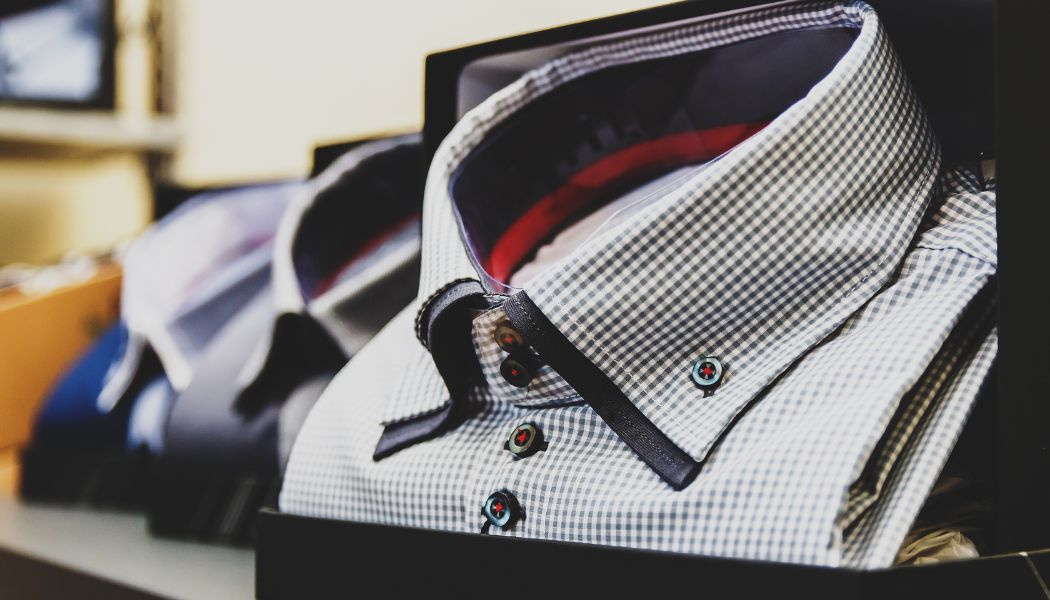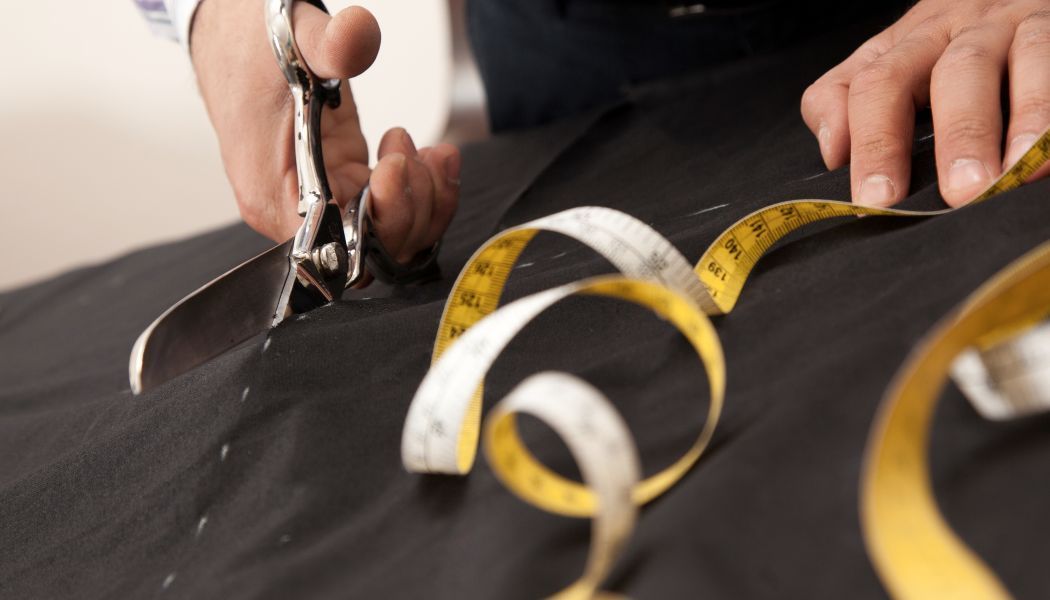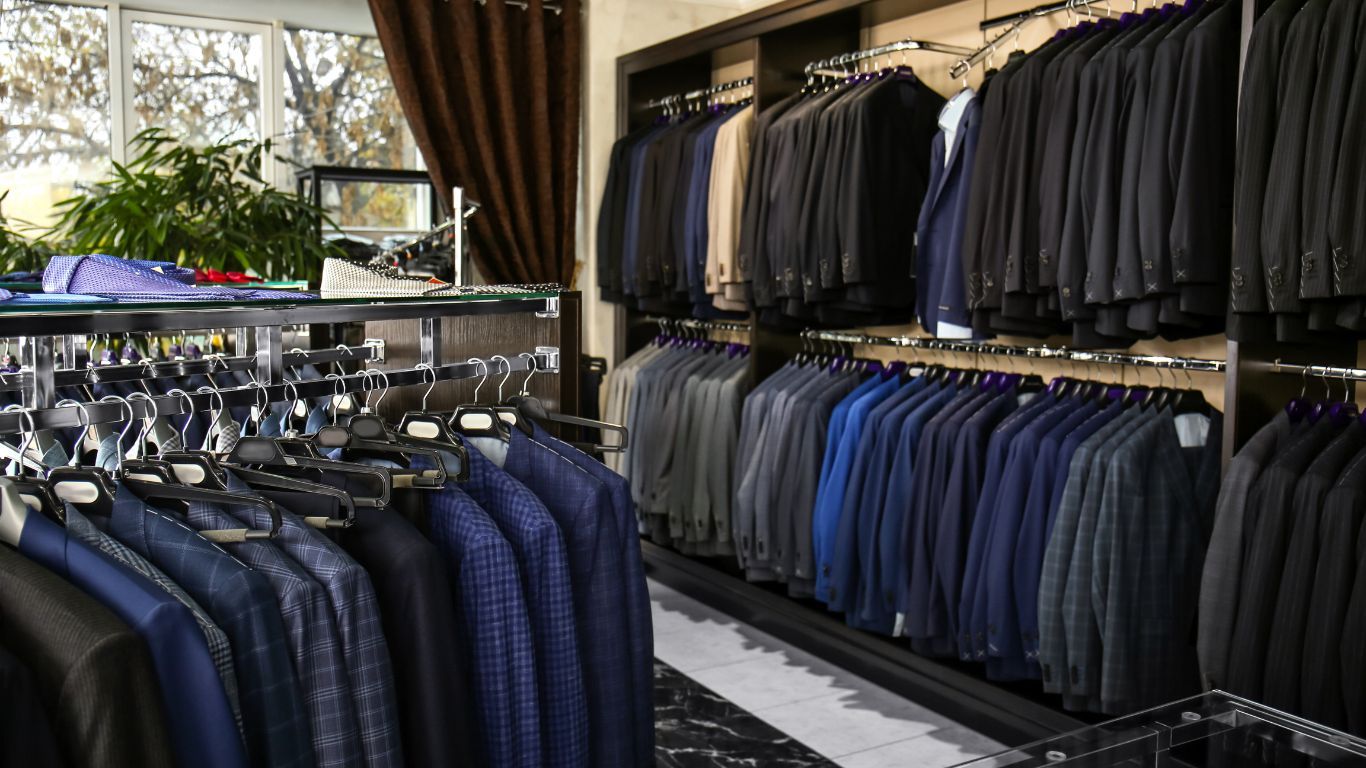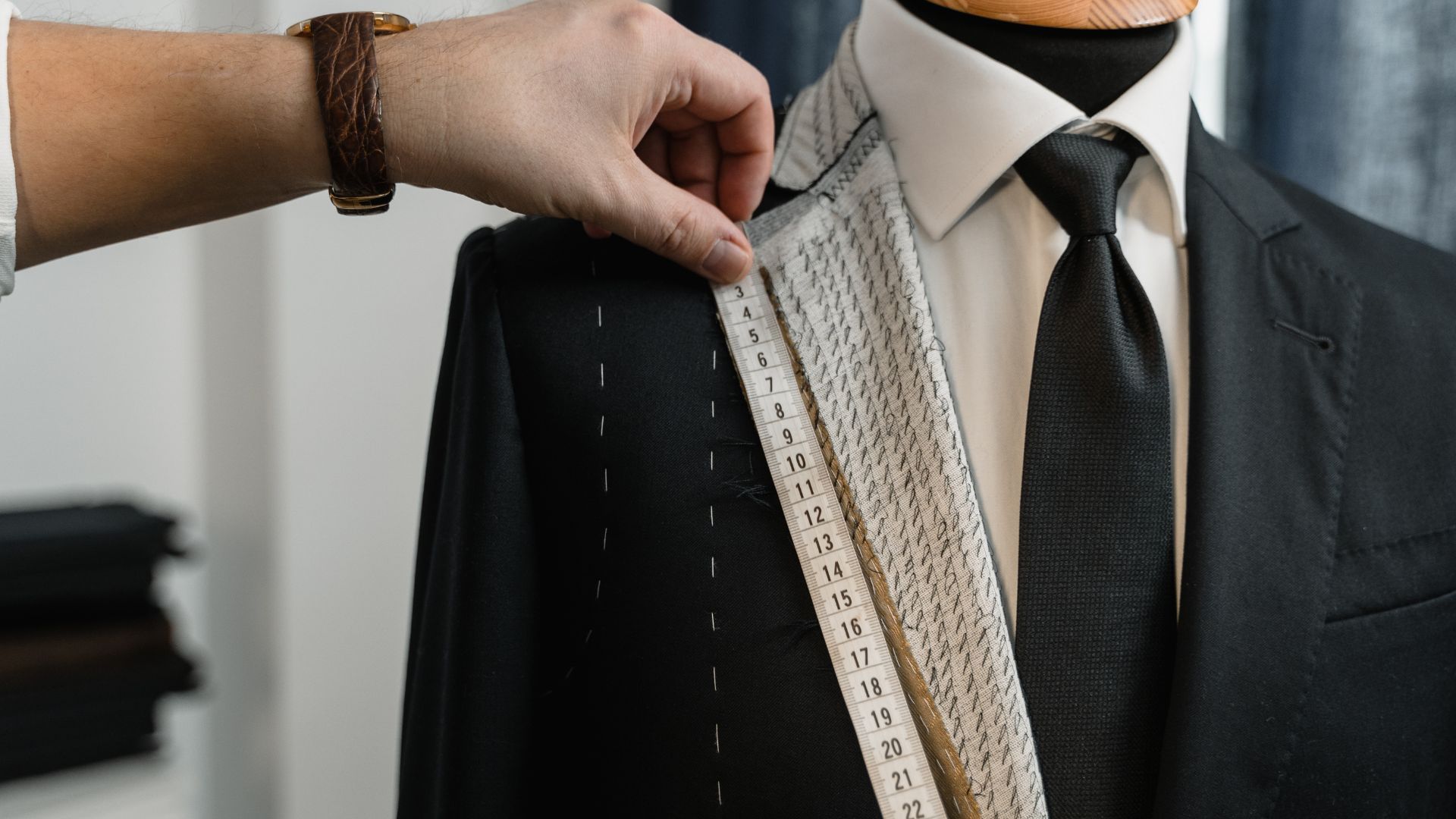Why Good Tailoring Beats Shorts In The Summer Heat
Why Good Tailoring Beats Shorts In The Summer Heat
You may have seen the increasing number of media reports calling for a “rethink” of the suit in summer. In a warming world, more and more people seem to be advocating for a switch to shorts as an officially sanctioned piece of office wear.
But are shorts really the future of corporate wear, or is there another, better, way to keep cool, comfortable, and professional in an era of climate change?
Our view is that suits are outdated, it’s that too many people are wearing the wrong suits.
Every decade has its fashion provocations. Once it was the open-neck shirt, then the disappearance of the tie. Today, the idea of pairing shorts with a jacket has become the headline grabber. The notion is playful, even charming. It conjures up images of Hollywood stars in the 1980s experimenting with silhouettes that defied tradition.
But in practice, shorts in the boardroom are a gimmick. They neither solve the challenge of extreme heat nor maintain the respect and professionalism that corporate clothing should convey. No serious client wants to negotiate a deal with someone who looks as though they are headed to the beach.
Why Suits Feel Hot
The real reason people struggle in summer is not the suit itself, but the way modern suits are being produced and worn. Too many are made with polyester blends that trap heat and suffocate the skin. Too many are cut too tight, clinging to the body and choking off the very airflow that once made classic tailoring wearable in any season.
The skinny trouser trend has been a disaster for comfort. By hugging the thighs and tapering sharply at the ankle, it eliminates circulation and airflow. Similarly, the ultra-slim jacket looks sharp in a shop window but becomes unbearable after an hour in the summer sun. What was once a garment of elegance and function has been cheapened into a costume.
The answer is not to abandon the suit but to return to its principles. Classic tailoring has always adapted to climate. Lightweight wool, for example, is a marvel of natural engineering: breathable, resilient, and cool in summer while warm in winter. When woven properly, it surpasses every synthetic fibre in comfort and durability.
Cut matters too. Trousers with pleats and a slightly longer rise create space for airflow. A little more fullness in the legs prevents fabric from clinging and heating the skin. Wider hems allow for movement without sacrificing line. Jackets cut with ease, rather than strangling the torso, allow the body to breathe. Half linings or unlined constructions reduce bulk without compromising structure.
In short: the suit is not the problem. Bad suits are.
Professionalism in the Heat
Clothing is never neutral. It signals authority, respect, and intent. A well-cut suit tells a client, a judge, or a boardroom that the wearer has taken the occasion seriously. Shorts may be practical on a sports field or at a seaside café, but in the world of professional exchange they diminish more than they relieve.
The climate is changing. Summers are hotter, winters more unpredictable. This demands more from our clothes, not less. The fashion industry has the tools: natural fabrics, sustainable production, and designs rooted in function as much as form. Returning to these principles would do more for comfort and sustainability than any shorts-in-the-office experiment ever could.
By investing in fewer, better garments, with lightweight wool suits, breathable shirts, unlined jackets, professionals not only adapt to hotter summers but also contribute to a more sustainable future. Throwaway polyester blends, designed for trend rather than longevity, do more harm than good.
To dress well in this era is not about shocking with shorts or making headlines with gimmicks. It is about showing that professionalism can coexist with climate reality. A lightweight wool suit, cut with room to breathe, by a leading tailor of bespoke suits in Sydney, sends a stronger signal than any pair of boardroom shorts: that style, comfort, and seriousness are not mutually exclusive.












